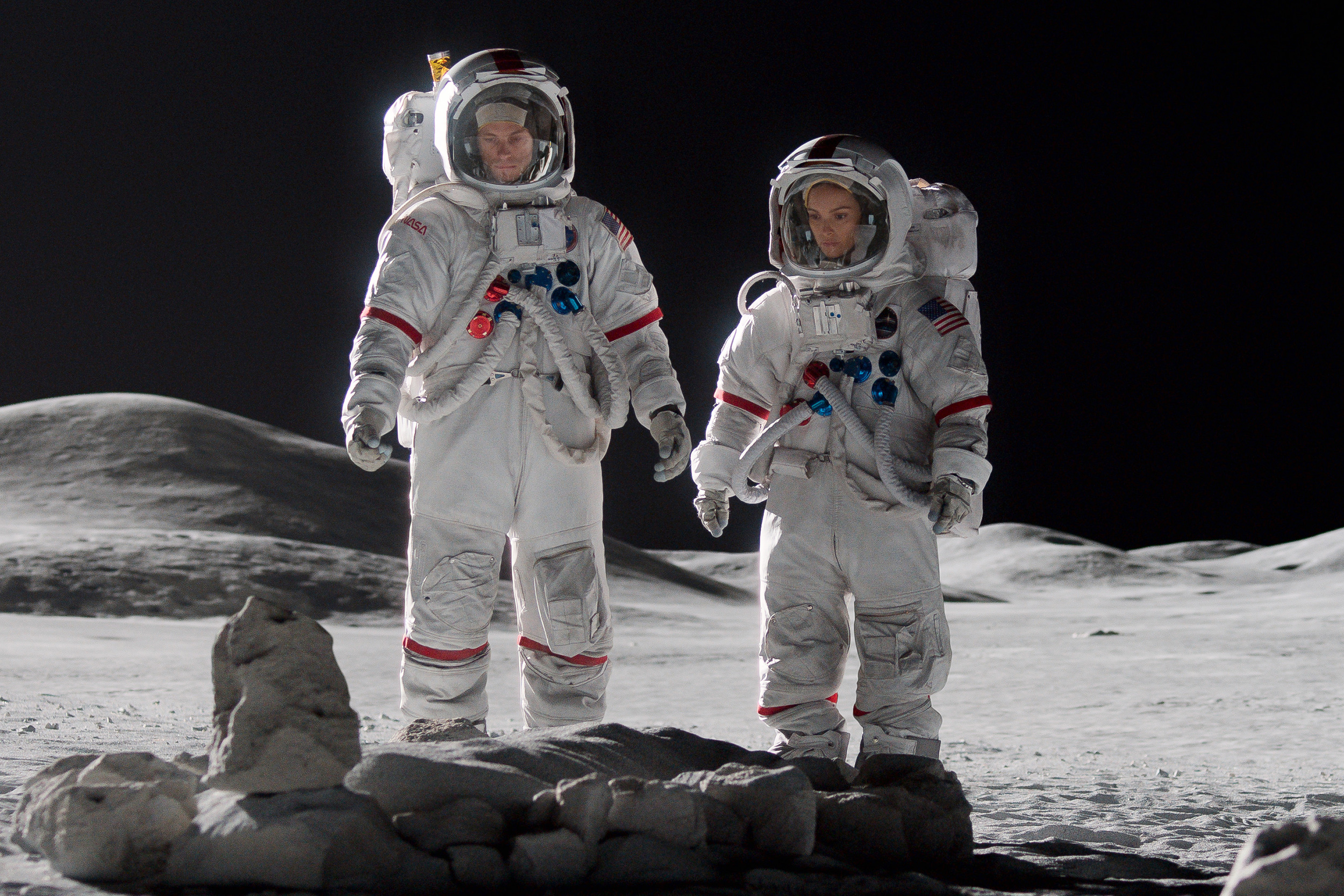The acclaimed Apple TV+ original series For All Mankind unfolds across an alternative history where the Soviet Union beat the United States in the Space Race by landing on the Moon first. This leads to a significant divergence in timelines, though the facts are still firmly grounded in real history.
While some of the technology in For All Mankind may seem far-fetched, there is a surprising amount of real-world science behind it, keeping the stakes and scope more grounded than venturing into more fantastical science fiction. With that in mind, here’s how the history and science in For All Mankind are more realistic and drawn from fact than a casual viewer might think.
The Real World Parallels to For All Mankind

The inciting divergence between For All Mankind and real history is the idea of the Soviets landing on the Moon in June 1969, one month before the United States did so with the Apollo 11 landing. In the show, the Soviet landing is attributed to Alexei Leonov, a real-life cosmonaut who was shortlisted by the Soviet space program to land on the Moon before the planned mission was canceled. In the show, President Nixon is humiliated by the Soviet breakthrough and continues the Space Race for decades to follow.
One of NASA’s major initiatives in this renewed push is the launch of the Mercury 13, a group of highly trained female astronauts to continue the United States’ ambitions in space. The Mercury 13 was indeed an actual NASA program starting in 1959, but plans were scuttled before the women could even begin flight training. For All Mankind gives women a start in the space program long before Sally Ride did for NASA in 1983 in the real world.
The Moon and Mars

By For All Mankind Season 2, the United States and the Soviet Union solidify more permanent aspirations on the Moon, with NASA creating Jamestown Base. Helping make this base possible is the Sea Dragon rocket, a rocket launched from the ocean and capable of carrying significantly larger and heavier cargo than other contemporary spacecraft. The Sea Dragon was an actual concept developed by Aerojet in 1962 but ultimately rejected due to budgetary concerns from NASA.
Related: Is a Dead Space Movie Happening?
The Season 2 finale of For All Mankind reveals that humanity has since set up shop on Mars by the ‘90s, a development that continued into the third and fourth seasons. Spacecraft propelled by solar sails make the traversal between Earth and Mars feasible, a concept popularized in the ‘80s before being deployed by the Japanese space program and its experimental spacecraft IKAROS in 2010. By the start of For All Mankind Season 4 in 2003, international cooperation had led to the creation of a permanent base on Mars.
The History Behind For All Mankind

Further grounding For All Mankind in verisimilitude is the main characters interact with real-life historical figures, from astronauts like Neil Armstrong and Buzz Aldrin to rocket scientist Wernher von Braun and politician Dick Gephardt. The science powering the story and its astronomical ambitions is similarly rooted in fact, often derived from experimental designs and well-researched concepts. For All Mankind is telling a fictional story, and is well-aware of it, but it takes its backstory and technological possibilities very seriously.
This distinction continues into the fourth season, with NASA and private industries becoming increasingly interested in mining asteroids for their precious resources. To frame that For All Mankind plot point against the real world, NASA successfully landed a probe on an asteroid in September 2023 with the intent to collect samples from it. More than just presenting what-ifs with spaceflight history, For All Mankind and the real world share a synchronicity as humanity returns its attention to the stars and beyond.





